Diverse Application Areas
The versatility of ceramic materials is driving the expansion of the Ceramic Injection Molding Market into diverse application areas. Industries such as automotive, electronics, and medical devices are increasingly utilizing ceramic components due to their superior properties, including high strength, thermal resistance, and electrical insulation. For instance, the automotive sector is adopting ceramic injection molded parts for lightweight and durable components, which can enhance fuel efficiency. Additionally, the electronics industry is leveraging ceramics for insulators and substrates in high-performance devices. Market analysis indicates that the demand for ceramic components in these sectors is expected to rise significantly, potentially increasing the market size of the Ceramic Injection Molding Market by over 20% in the next five years.
Sustainability Initiatives
Sustainability is becoming a pivotal driver in the Ceramic Injection Molding Market, as manufacturers increasingly adopt eco-friendly practices. The shift towards sustainable materials and processes is not only a response to regulatory pressures but also a reflection of changing consumer preferences. Companies are investing in the development of biodegradable and recyclable ceramic materials, which are expected to gain traction in the market. Furthermore, energy-efficient production methods are being implemented to reduce carbon footprints. Market data suggests that the demand for sustainable ceramic products is anticipated to grow by approximately 25% in the coming years, indicating a significant shift in the Ceramic Injection Molding Market towards environmentally responsible practices.
Growing Demand for High-Performance Ceramics
The Ceramic Injection Molding Market is witnessing a growing demand for high-performance ceramics, driven by advancements in material science. These ceramics exhibit exceptional mechanical and thermal properties, making them suitable for high-stress applications in various industries. The aerospace and defense sectors, in particular, are increasingly utilizing high-performance ceramics for components that require durability and resistance to extreme conditions. As industries continue to seek materials that can withstand harsh environments, the market for high-performance ceramics is projected to expand. Recent estimates suggest that this segment could account for a substantial portion of the Ceramic Injection Molding Market, potentially reaching a valuation of several billion dollars within the next few years.
Increased Investment in Research and Development
Investment in research and development is a crucial driver for the Ceramic Injection Molding Market, as companies strive to innovate and improve their product offerings. R&D initiatives are focused on enhancing the properties of ceramic materials, developing new formulations, and optimizing the injection molding process. This commitment to innovation is likely to lead to the introduction of novel ceramic products that meet the evolving needs of various industries. Furthermore, collaboration between academic institutions and industry players is fostering knowledge exchange and accelerating technological advancements. Market forecasts indicate that R&D spending in the Ceramic Injection Molding Market could increase significantly, potentially leading to breakthroughs that enhance competitiveness and market share.
Technological Advancements in Ceramic Injection Molding
The Ceramic Injection Molding Market is experiencing a surge in technological advancements that enhance production efficiency and product quality. Innovations in molding techniques, such as the development of advanced feedstock materials, are enabling manufacturers to produce complex geometries with high precision. The integration of automation and robotics in the molding process is also streamlining operations, reducing labor costs, and minimizing human error. According to recent data, the adoption of these technologies is projected to increase productivity by up to 30% over the next few years. As manufacturers seek to optimize their processes, the demand for advanced machinery and equipment in the Ceramic Injection Molding Market is likely to grow, fostering a competitive landscape that prioritizes innovation.


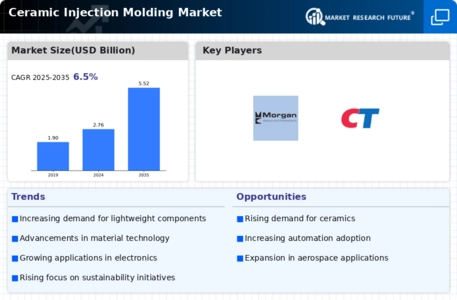
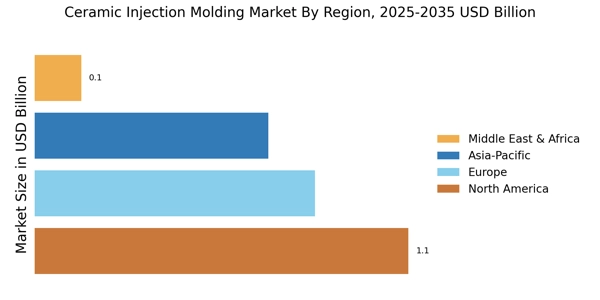

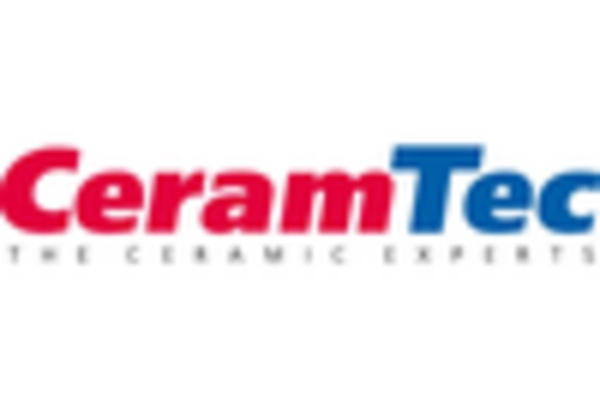
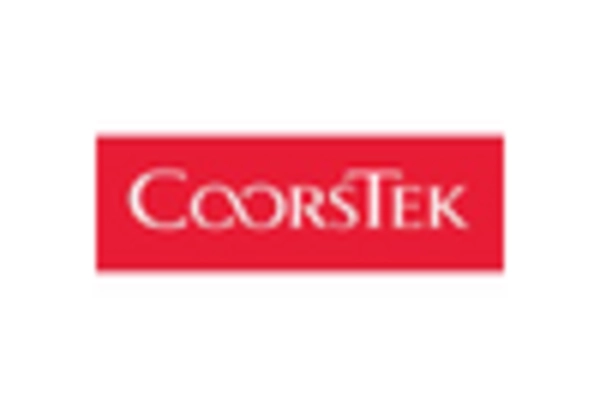
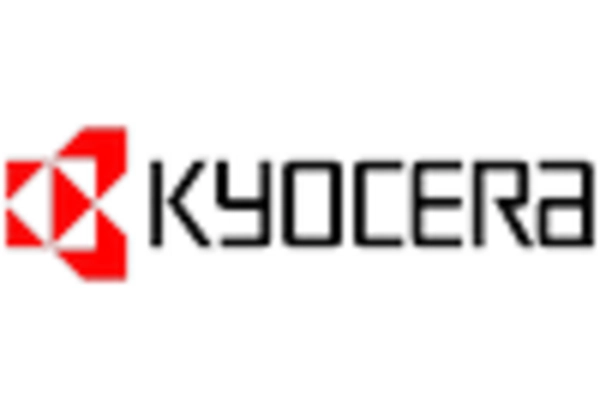
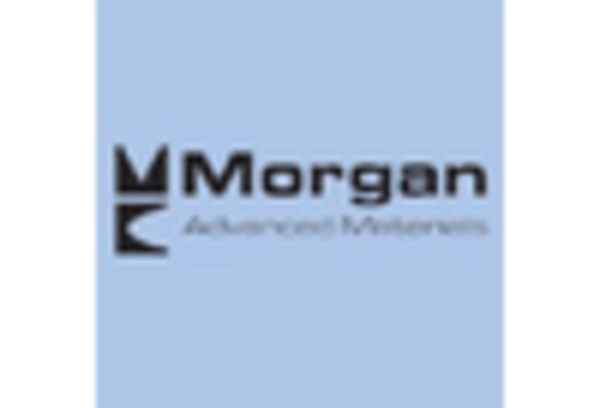
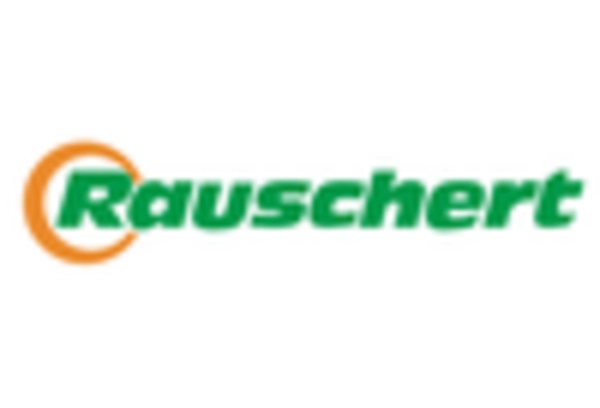








Leave a Comment